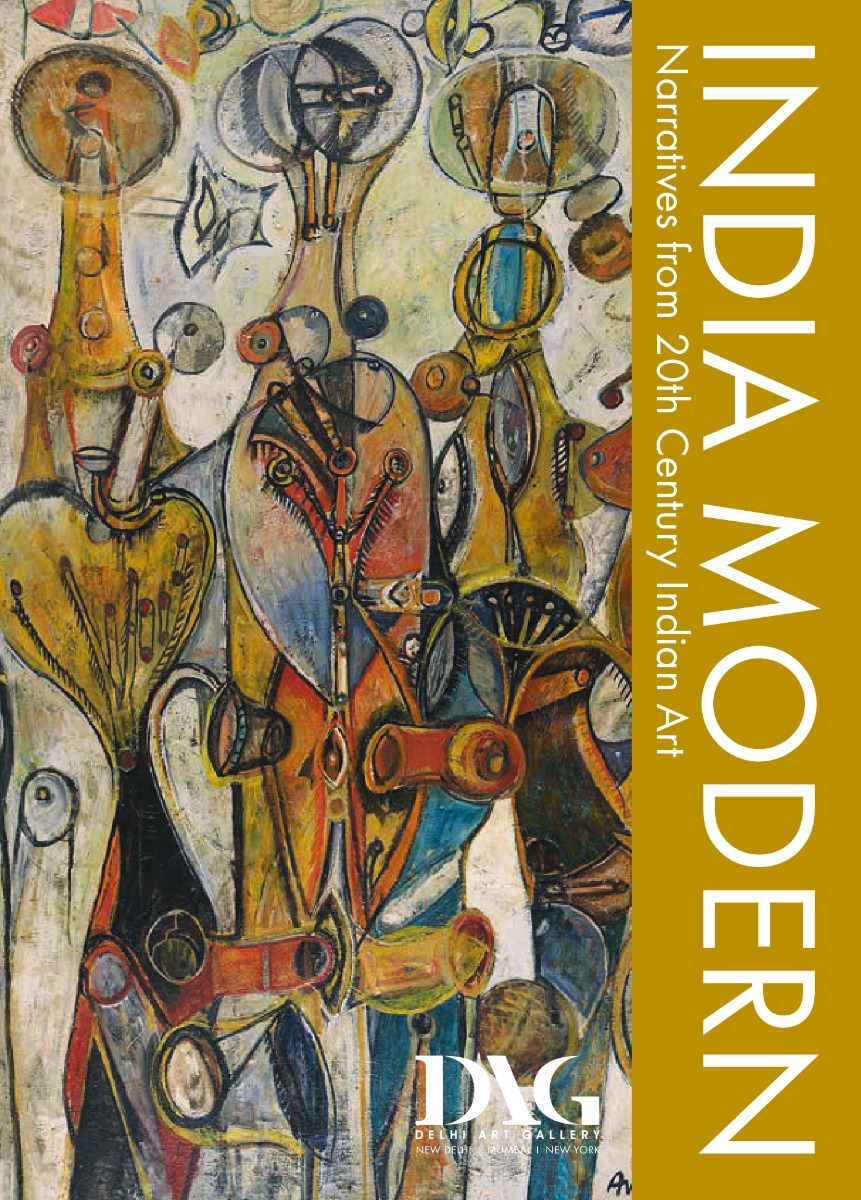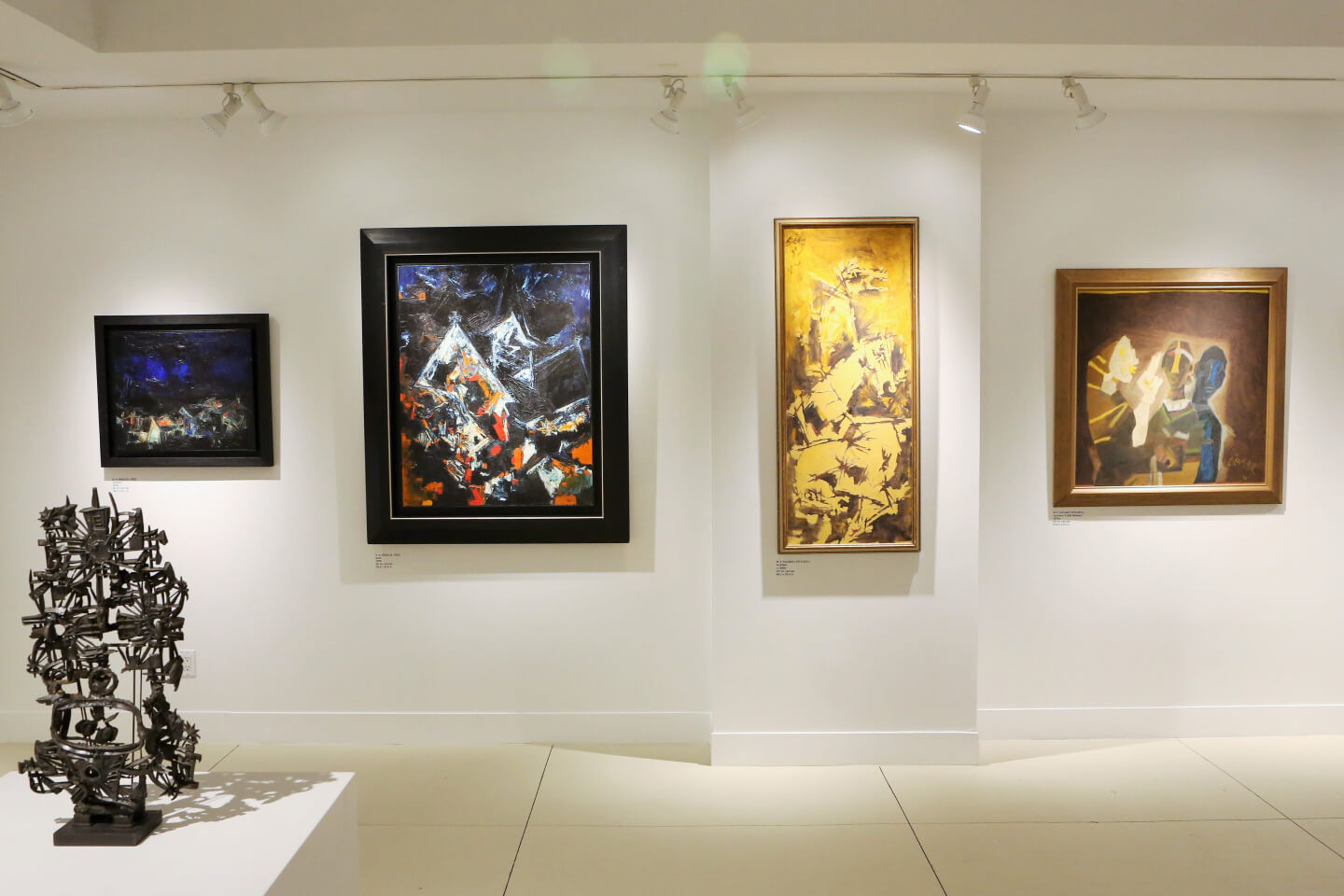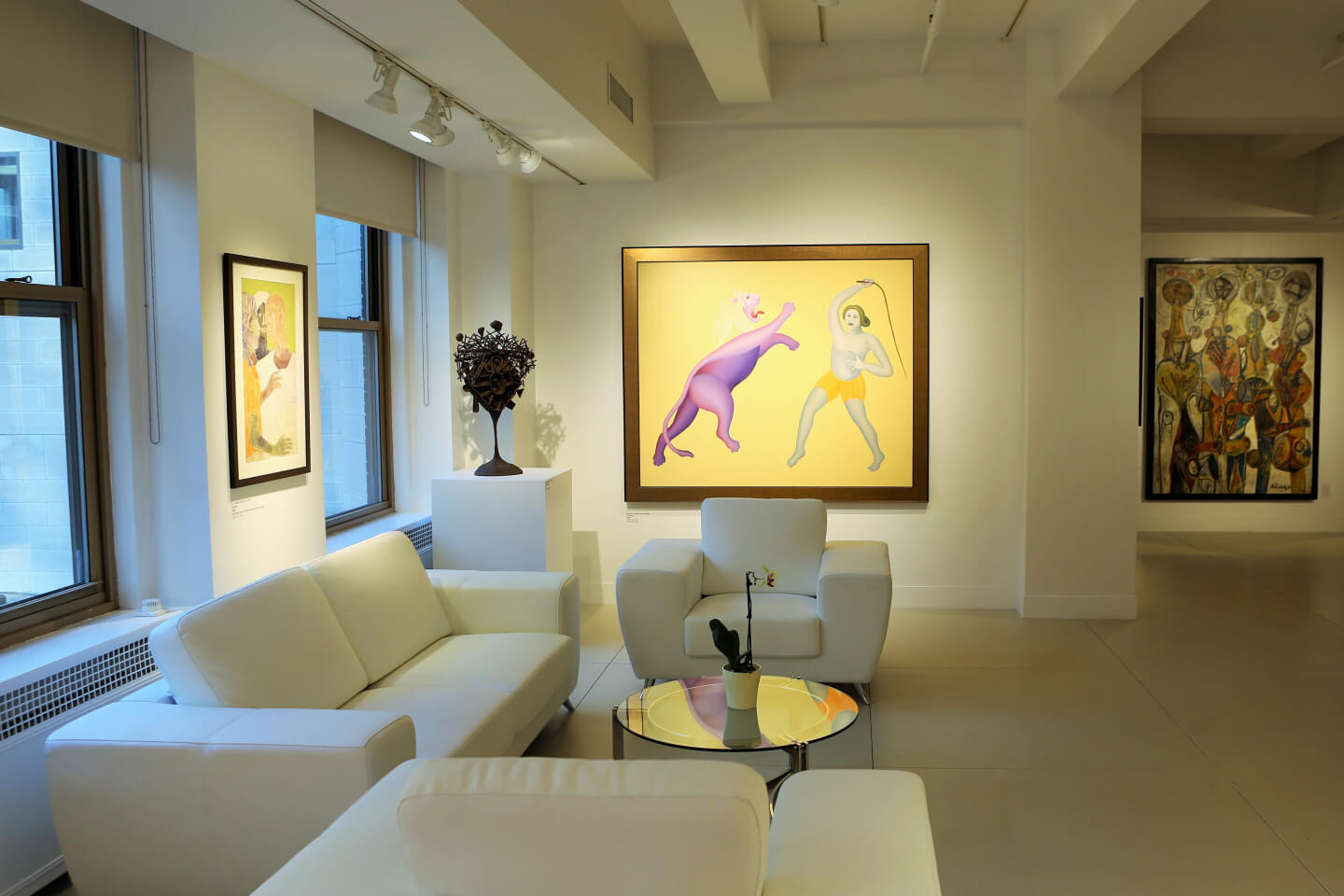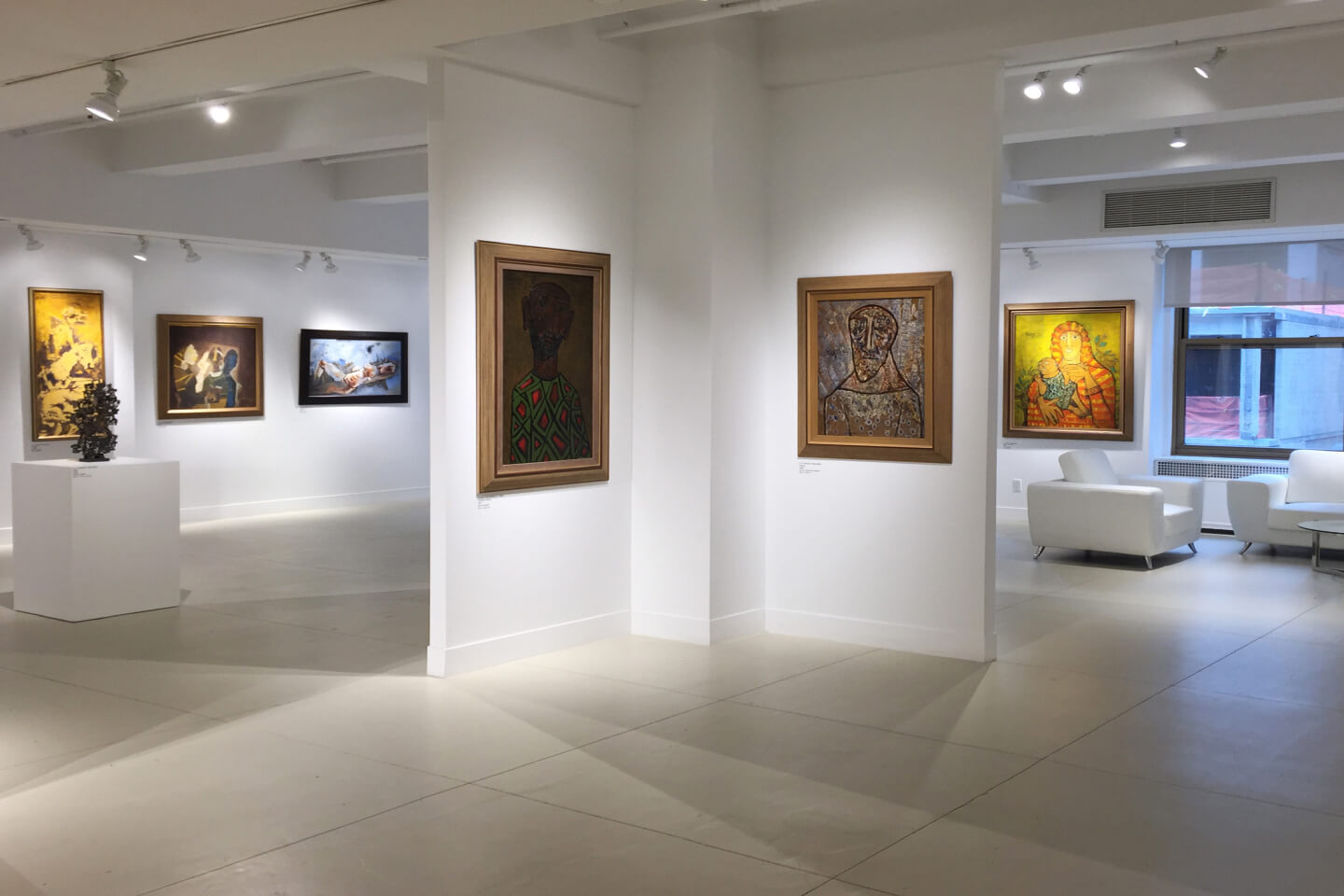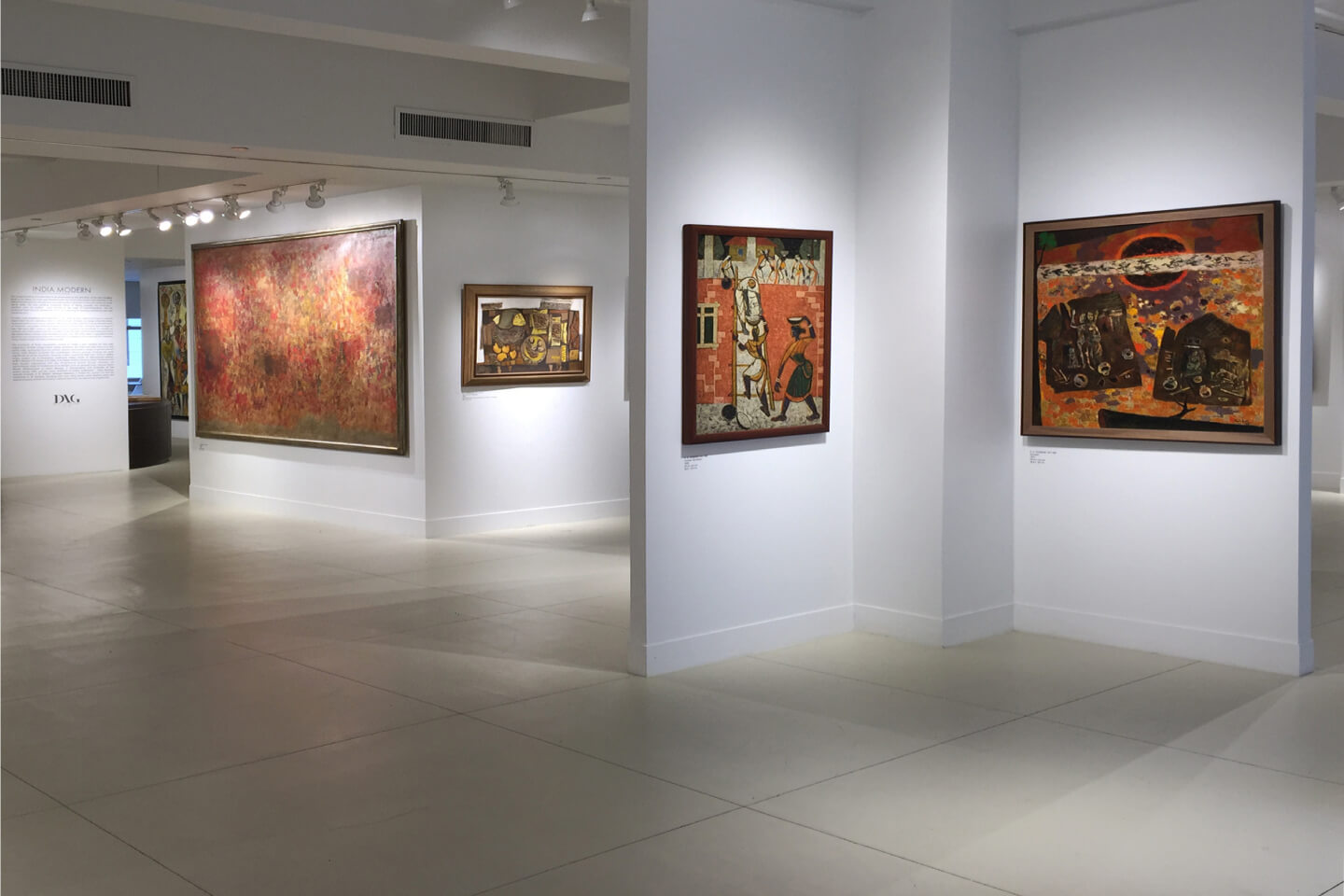Any new exhibition brings with it a frisson of excitement, but by any measure India Modern: Narratives From 20th Century Indian Art has been extra special. Most art lovers take Indian modernism for granted—but how many can truly claim to know what it really means. For too many years, the term has been loosely used, with very little awareness of what it includes, or omits. What the West understands and takes as a given is something that in India still remains a mystery, perhaps because art in India cannot strictly be viewed from the same trope as Western art. Perhaps this is true of most countries, but it is especially true of colonised nations where new engagements with art in the West were imposed without the benefit of growing their own local practices organically. This hybrid custom developed at various levels, which makes it exciting when viewed from some distance, but also imposes a challenge. Therefore the question: What does modernism in Indian art imply?
Over the last century, the vast spread of India has seen the rise of art centres, collectives, movements, groups or simply artists whose individual métier has found a place in the art archives of the twentieth century. DAG, therefore, chose to lead with some of India’s marquee names—artists who have distinguished themselves on the national as well as on international platforms, working in India or abroad, exhibiting widely, in a variety of styles and mediums. The attempt was to pick unusual or rare works from lesser-known periods of their career, or those distinguished by their quality, works that could be recognised for their merit by discerning viewers in any part of the world.
So, while India Modern professes to represent the trajectory, or trajectories, of modern art practices in India, it is also a wonderful addition to its language elsewhere, whether in the West or East. People have had a tendency to view art within definitions of narrow parochialism, whether by nationality or region. Perhaps the time has come to collapse these geographical barriers, but at least for now India Modern should make a valuable addition to the similarities and differences of the practice of art in the subcontinent within a global context.
Finally, of course, India Modern is special because it marks the opening of DAG’s first international gallery outside India. That this happens to be in New York is not happenstance. For Indian art to be more visible, it is important to be viewed beside and in the context of Western art, and there is no better place for this than New York with its many museums and vibrant art galleries, its historic auction houses and its several trusts and foundations, all of them making it the most exciting art destination in the world. Arguably too, there is no country that respects artists more than America, and no city that has done more for the promotion of art than New York and its residents.
In this showcasing of masterpieces from Indian modern art, DAG has formulated a set of criteria, which whilst not definitive, can function as a reliable guide to determine the inclusion of a ‘master’ artwork, not surprisingly by artists that are acknowledged masters themselves. These criteria have included the work’s expressive powers, the ability to evoke emotion; quality, technique and skill; content and context; originality; the note of ‘perfection’ attained; rarity; longevity; universality; provenance and perhaps even its present location, such as an esteemed public collection.
